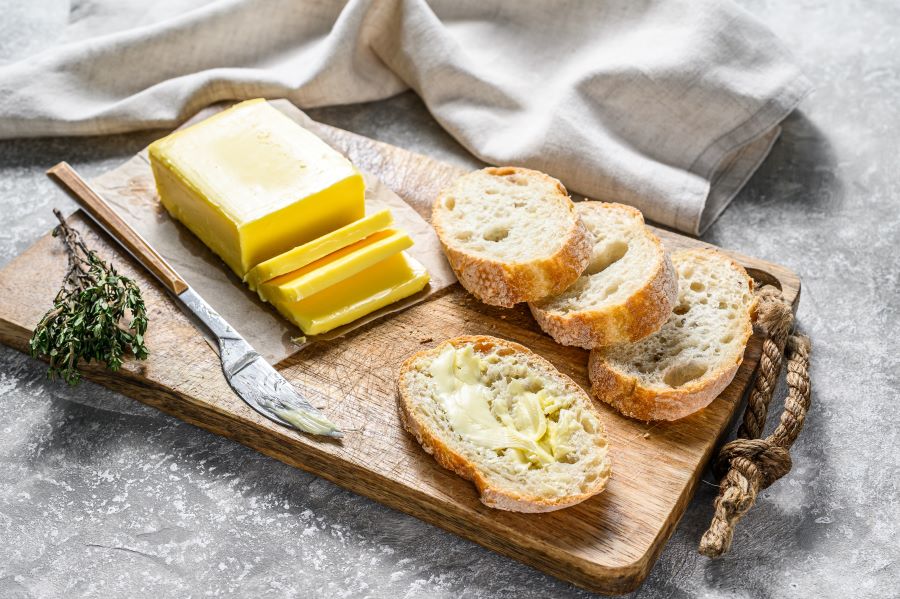
When it comes to butter, the age-old debate between salted and unsalted varieties continues to perplex both home cooks and professional chefs alike. This kitchen staple, essential in both cooking and baking, comes in these two distinct forms, each serving its unique purpose.
What is Salted Butter?
Salted butter is simply butter that has salt added to it. Typically, about 1.5-3% of its total weight is salt. This type of butter is often preferred for spreading on toast or for adding a savory touch to dishes.
What is Unsalted Butter?
On the other hand, unsalted butter is pure, sweet cream butter with no added salt. It’s often referred to as “sweet cream butter.” Its purity makes it a favorite in baking, where it allows the baker to control the overall salt content of their dish.
Taste and Flavor
The primary difference between salted and unsalted butter lies in their taste. Salted butter has a noticeable salty flavor, which can enhance the taste of certain foods. Unsalted butter, being pure, offers a clean, creamy flavor, allowing the natural taste of your ingredients to shine through.
Shelf Life
Salt acts as a preservative, so salted butter has a longer shelf life than unsalted butter. While salted butter can last in the fridge for a few months, unsalted butter is best used within a few weeks of purchase.
Nutritional Content
Nutritionally, the only difference between the two is their sodium content. Those monitoring their sodium intake may prefer unsalted butter.
Baking and Cooking
In baking, unsalted butter is the gold standard. It gives the baker complete control over the flavor and seasoning of the final product. In cooking, the choice often boils down to personal preference and the specific requirements of a recipe.
Can salted butter be substituted for unsalted in recipes?
Yes, but you’ll need to adjust the amount of added salt in the recipe. You can add approximately 1/4 teaspoon of salt per half cup (113 grams) of unsalted butter.
Price and Availability
Both salted and unsalted butter are widely available in grocery stores, often at similar price points. The choice between them depends more on your cooking or baking needs than cost or availability.
Whether you choose salted or unsalted butter depends on your taste preference, dietary needs, and the specific requirements of your recipe. While salted butter can add an extra flavor dimension to your dishes, unsalted butter allows for more culinary control.
The choice between salted and unsalted butter might seem minor, but it can significantly impact the taste and quality of your cooking and baking. Whether you’re a novice in the kitchen or a seasoned chef, understanding the nuances of these two types of butter can elevate your dishes to new heights.
Remember, the best choice is the one that suits your palate and complements your culinary creations. So, the next time you find yourself reaching for that stick of butter, think about the flavor profile you’re aiming for, and choose accordingly. Happy cooking and baking!

Leave A Comment